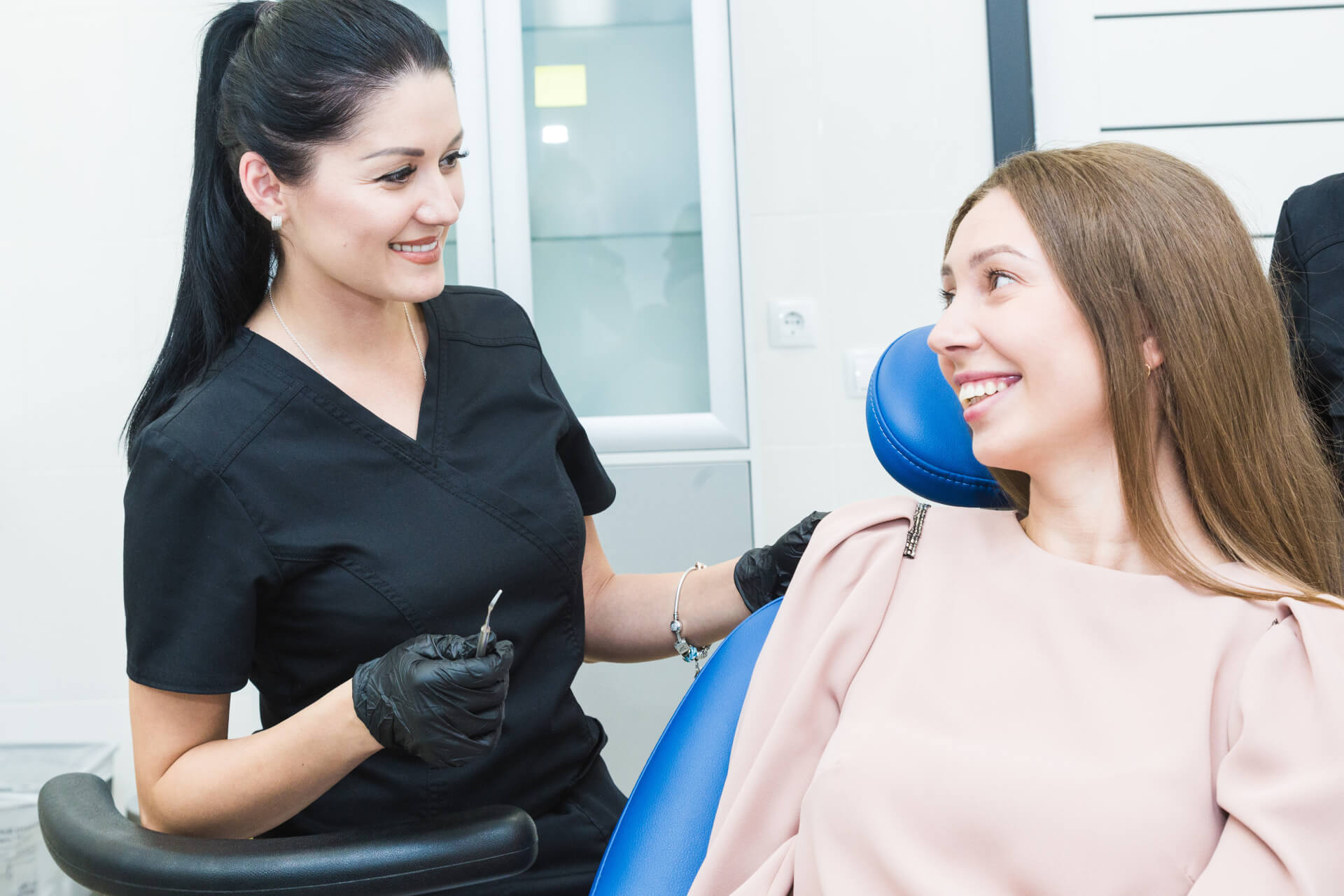In recent years, there seems to be a buzzword thrown around whenever the topic of comprehensive orthodontic treatment is discussed. That buzzword is “airway friendly”. In general, the myth being propagated is that premolar extractions, narrow dental arches and tight frenum attachments may somehow cause an airway restriction. Thus, fear is instilled in parents and patients that if ignored, a lifetime of sleep problems may ensue.
In this month’s blog, I will present what we know and what we do not know, and make an argument that most orthodontic specialists are, in fact, airway friendly.
As an orthodontist, I commonly evaluate patients who are mouth breathers or who self report for snoring or a history of sleep apnea. Clinically, I examine the patient’s facial form, natural lip posture, and overall airway when the tongue is protruded and at rest. I also use radiographic imaging to assess the airway and surrounding structures as part of routine patient treatment planning. In addition, we take into account each patient’s medical history, BMI, and other considerations when determining the best course of treatment.
It is NOT within the scope of the orthodontic specialist to single handedly diagnose or treat airway restrictions that may be a result of allergies, tonsillar and adenoid hypertrophy or tongue posture.
It IS within the scope of the orthodontic specialist to recognize variations of normal and refer appropriately to the patient’s physician for further examination and potential diagnosis and treatment. Oftentimes, the orthodontist will work with the patient’s physician to provide sleep appliances or treatment to correct snoring or obstructive sleep apnea (OSA). It is important to note that, Adenotonsillectomy (AT) is considered first-line therapy for pediatric OSA under the age of 7, with 79% of children with mild to moderate OSA experiencing normalization of polysomnography (PSG) findings after (AT) alone.
There are numerous treatment procedures supported by “airway friendly” practitioners, including non extraction treatment, functional appliances, myo-functional orthodontics, expansion, myo-functional therapy, buccal and lingual frenum release and ablative and non-ablative laser therapy. In this blog, I will address the evidence regarding extraction -v- non extraction treatment. In future blogs, I will address the evidence with respect to other treatments that are often purported to be “airway friendly”.

Extraction/Non-extraction
Let’s ask ourselves, could the removal of 2-4 premolars cause airway restriction?
The American Association of Orthodontist’s White Paper: Obstructive Sleep Apnea and Orthodontics (March 2019), provides a nice review of the current evidence examining orthodontic extraction and volumetric airway changes.
In one systematic review, Zhiai Hu (Sleep and Breathing, 2015) concluded that if you retract anterior teeth, the airway size reduces and if the molars move forward, the airway improves or remains the same. That being said, it is important to note that we do not have evidence correlating a small reduction in airway size with a reduction in airway function.
In another study, A.J. Larsen (Journal of Clinical Sleep Medicine, 2015) published a large retrospective study matching medical records with adult patients who were missing 4 premolars or had a full compliment of teeth. In this study, 9.56% of non-extraction and 10.71% of the extraction group had a diagnosis of obstructive sleep apnea. This difference was not statistically significant.
Looking at these two papers, the AAO’s white paper concludes, “the evidence in the literature does not support the notion that arch constriction or retraction of the anterior teeth facilitated by dental extractions, and which may (or may not) be the objective of orthodontic treatment, has a detrimental effect on respiratory function.”
Most recently, Papageorgiou, et al (European Journal of Orthodontics, March, 2025) published a paper entitled “Extraction of premolars in orthodontic treatment does not negatively affect upper airway volume and minimum cross-sectional area: a systematic review with meta-analysis.” The authors identified randomized controlled trials, controlled clinical trials and retrospective studies evaluating patients who required orthodontic treatment with either two or four premolar extractions using non-extraction controls. The authors concluded that “based on the results of existing retrospective before and after (cohort) studies on comprehensive orthodontic treatment, no statistically significant differences in upper airway volume or minCSA were found between extraction and non extraction treatment protocols for the average patient.” They further concluded that, “Caution is warranted for the interpretation of these findings due to flaws of included retrospective studies with potential selection bias and confounding.”

So looking at the evidence presented, how do parents and patients determine if they are being cared for by an “airway friendly” orthodontist?
- Is your provider evaluating you or your child for airway issues such as mouth breathing, snoring or sleep apnea?
- Is your orthodontist referring to a physician or otolaryngologist for definitive diagnosis and treatment planning when indicated?
- Is your orthodontist fabricating comprehensive records and reviewing treatment options with you to explain indications for non-extraction or extraction treatment?
As a parent or patient, it is important that you feel comfortable with your treatment provider. It is also important for you to self-advocate and make your concerns known. In some cases, I know that there is no way I can avoid extractions without causing harm to the teeth and their supporting structures or creating facial disharmony. In other scenarios, Plan A may require extractions, whereas plan B might include a non-extraction choice.
In short, when a provider advertises that they are “airway friendly”, they often also advocate for never extracting premolar teeth as a part of comprehensive orthodontic treatment. This is a short-sighted approach to a multifaceted treatment plan that should include comprehensive records and diagnosis.
I would like to re-coin the term airway-friendly orthodontist, as being a provider who will look at the whole patient in order to refer for further diagnostic testing and treatment (ENT) and/or provide exceptional orthodontic treatment with or without extractions as indicated. If you find yourself or your child being cared for by responsible providers, I am confident you will “breath” well at night!
by Clayton T. Parks, DDS MS
